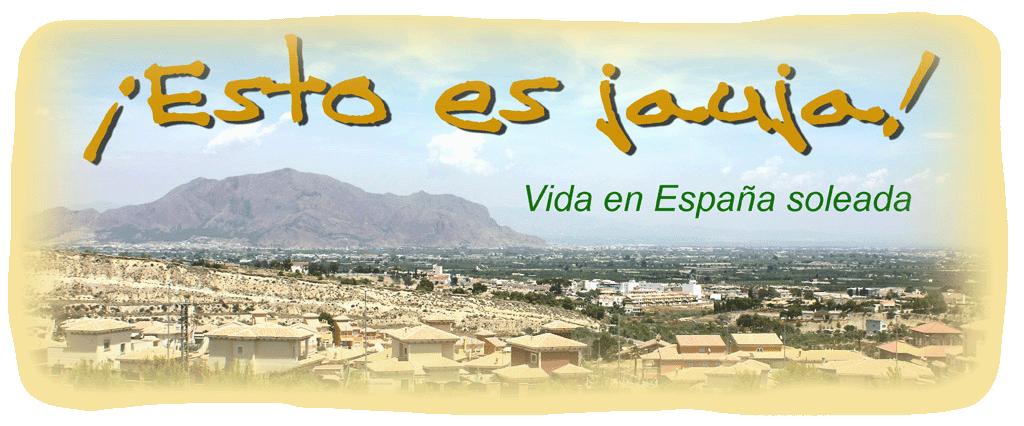Living in an earthquake zone, you have to be aware of the risks and the potential for a serious situation that may occur. The earthquake yesterday alerted us all to the risks of living in Spain.
How many earthquakes are there in the Iberian Peninsula?
Each year there are between 1,200 and 1,400 earthquakes in the Iberian peninsula. An earthquake of magnitude 5 or higher, such as the one yesterday, are rare with about one detected every 3.5 years. Earthquakes between 4 and 4.9 are more common with about five annually. There are 110 earthquake of magnitude between 3.9 and 3 and 760 of magnitude between 2.9 and 2.
What is the magnitude of an earthquake?
The scale measures the energy released by an earthquake, while its intensity refers to the damage caused. Remember that the scale is logarithmic. For example, an earthquake of magnitude 6 is 30 times higher than one of 5, in terms of energy released. An earthquake of magnitude 6 is equivalent to a detonation of 30,000 tonnes of chemical explosive trinitrotoluene (TNT) or a nuclear explosion of 30 kilotons according to IGN.
How much energy was released by the shake yesterday?
The earthquake Ossa de Montiel released the equivalent of 100 tons of TNT energy according to the Association of Geologists (ICOG). The agency notes that the earthquake was actually two shakes about four or five seconds apart which were especially felt in the towns of Alcantarilla (Murcia), Aranjuez, Coslada, San Fernando de Henares, Getafe and Ajalvir (Comunidad de Madrid). The earthquake intensity was between 3 and 4 on the Mercalli scale, which meant it was widely felt by the population.
Have there been any major earthquakes in Spain?
Spain is NOT a risk area for large earthquakes like the one that shook Chile on May 22nd, 1960 which was of magnitude 9.5 and considered the largest earthquake in history. However, there are many other minor tremors and some relatively powerful ones in Spain, even greater than magnitude 7.
For example, on February 28th, 1969, an earthquake of magnitude 7.8 with its epicentre southwest Cape San Vicente collapsed several buildings in Huelva. And on March 29th, 1954, an earthquake of magnitude 7 was recorded in Durcal (Granada) but that one was 650 kilometres underground.
The December 25th, 1884 an earthquake of magnitude 6.5 in Arenas del Rey (Granada) destroyed 4,400 buildings and damaged another 13,000 - 839 bodies were recovered. On November 1st, 1755, another earthquake of magnitude 8.5, centered in south western Cape San Vicente, caused a tsunami 15 meters high that hit Western Europe and North Africa. It was the worst recorded earthquake tragedy in Spain, according to IGN. Known as the Lisbon earthquake, the destruction caused in the Portuguese capital, caused 15,000 deaths.It also affected Huelva and Cadiz.

No comments:
Post a Comment